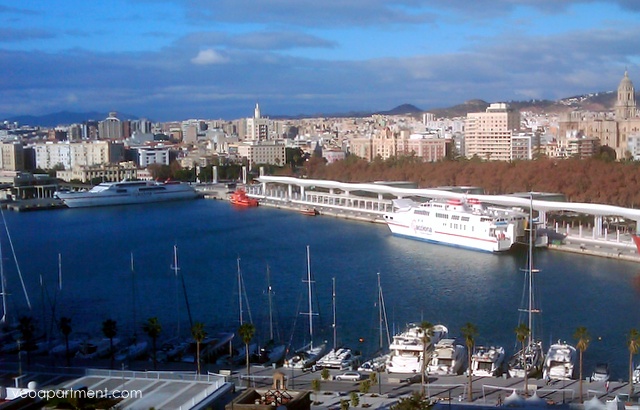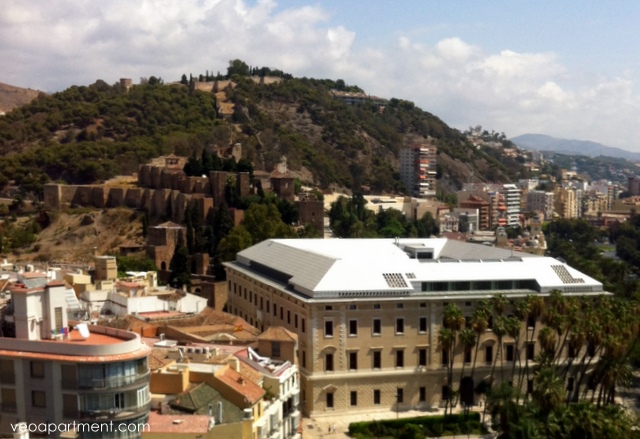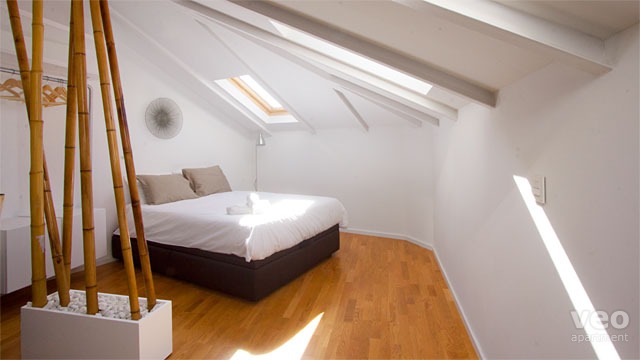For the typical visitor to Seville the San Vicente is probably the least well known and most under appreciated neighbourhood in the historic centre of Seville. Lying northwest of the city centre between Calle Feria, with its provisions market and the famous El Jueves (Thursday) street market, and the River Guadalquivir, it’s the furthest away from the main monuments, and the least obviously touristy part of the old centre. Nevertheless, it has its charms, and is well worth taking some time to explore, especially if you’re renting a holiday apartment in this essentially residential neighbourhood.
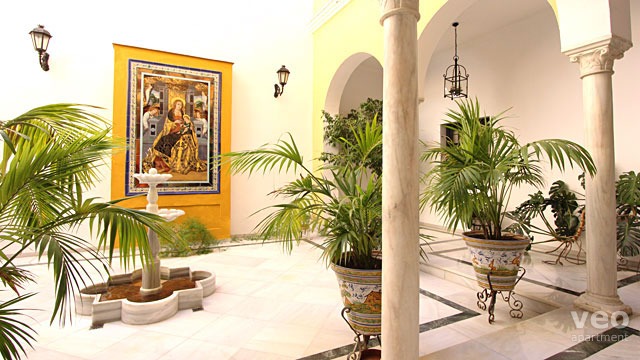
San Vicente apartment building
Historically, it’s part of the Moorish new town, the northward expansion of the city built during the 10th and 11th centuries, as is shown by its relatively regular layout compared to the warren of narrow twisty streets immediately behind the Metropol Parasols in Plaza Encarnación. During Seville’s Golden Age following the discovery of the New World in 1492 the riverside here remained undeveloped, being above the “bridge of boats” where Triana bridge now stands, and inaccessible to the ships that plied the Americas trade. After the building of Triana bridge in 1861, and the coming of the railways (Plaza de Armas shopping centre, as can easily be seen from its design, was originally a train station), this part of the river bank could not be reached from the city, as it was walled off for security. Major redevelopment only came with the 1992 expo in the Cartuja across the river, when the rails were torn up and a new walkway built along the riverbank. Now you can walk or cycle all the way from Las Delicias near the Plaza España to the northern edge of the modern city. Great for anything from a gentle stroll to a serious morning run.
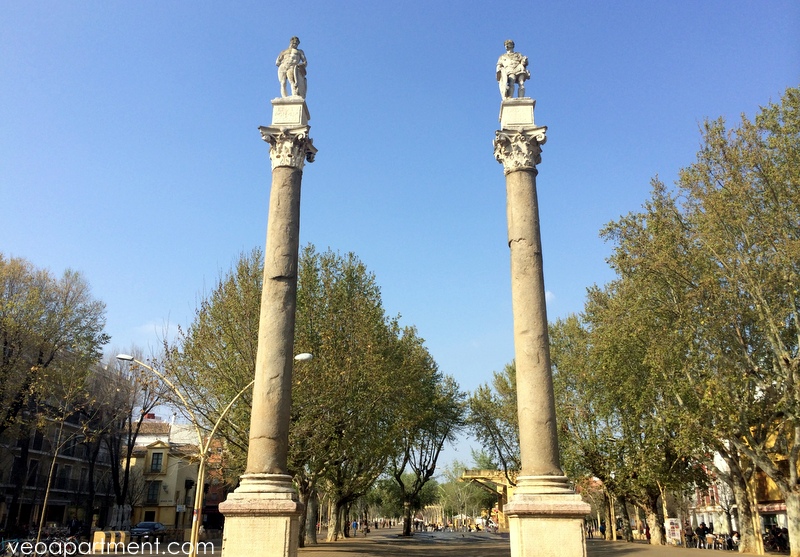
Alameda de Hercules
On the other side of San Vicente you can find the Alameda de Hercules, one of Seville’s best places for nightlife, with lots of bars and clubs. Until a couple of decades ago it was something of a red light district, and although it’s been renovated and gone upmarket it still has an edgy and bohemian feel to it late at night. During the day it’s a popular spot for a stroll or a lunchtime drink.
It’s also an area with some of the oldest churches and convents in Seville. The convent of San Clemente, near the Barqueta Bridge, was founded in 1248, immediately after the Christians reconquered the city, and the convent of Santa Clara soon afterwards. After a period of disuse and neglect this latter has recently been reopened as an arts and cultural centre. The Torre de Don Fadrique, within the a convent precincts, is now also open to the public. Also worth visiting are the church of San Lorenzo, in the pretty little square of the same name, and the Basilica of Jesus de Gran Poder next door (and not in the street of the same name), the home of one of the most popular of the Semana Santa statues.
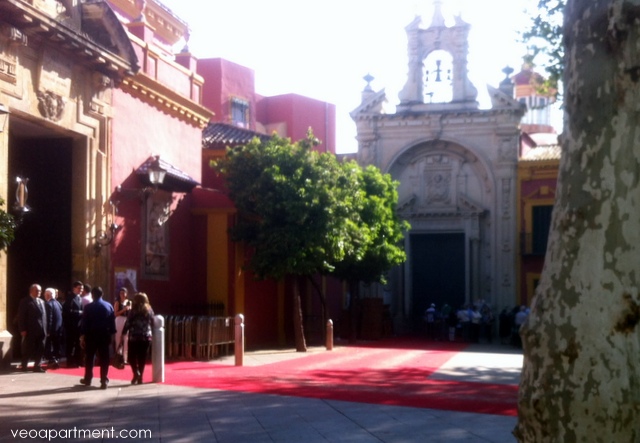
Plaza San Lorenzo, the church, and Basilica de Jesus de Gran Poder
There are also lots of good places to eat, and lots of argument about which are the best, but three that are on almost everyone’s list are Al Aljibe in the Alameda de Hercules, Eslava (a popular neighbourhood bar that’s a personal favourite of ours) and La Azotea, which is a bit more expensive, but definitely worth the extra.
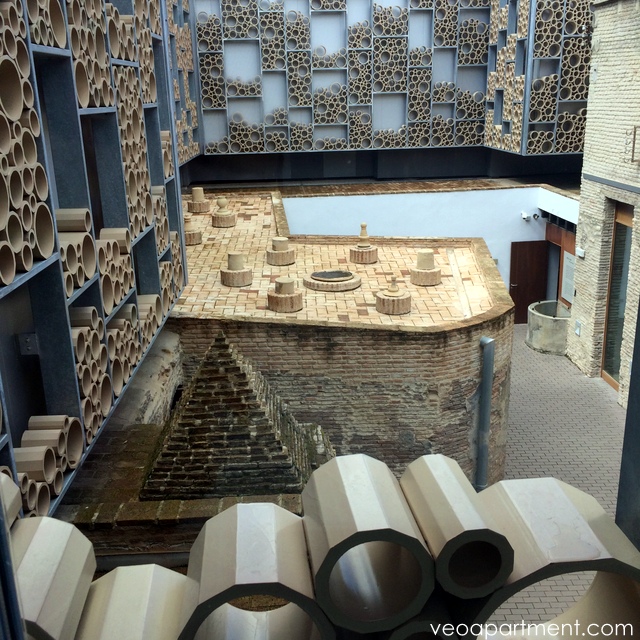 award-winning interior design by AF6 Arquitectos
award-winning interior design by AF6 Arquitectos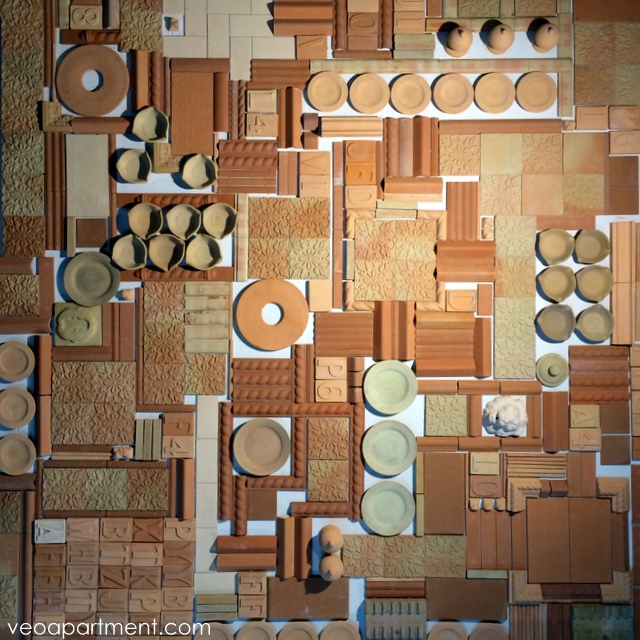 mural made from baked clay pieces found in the factory
mural made from baked clay pieces found in the factory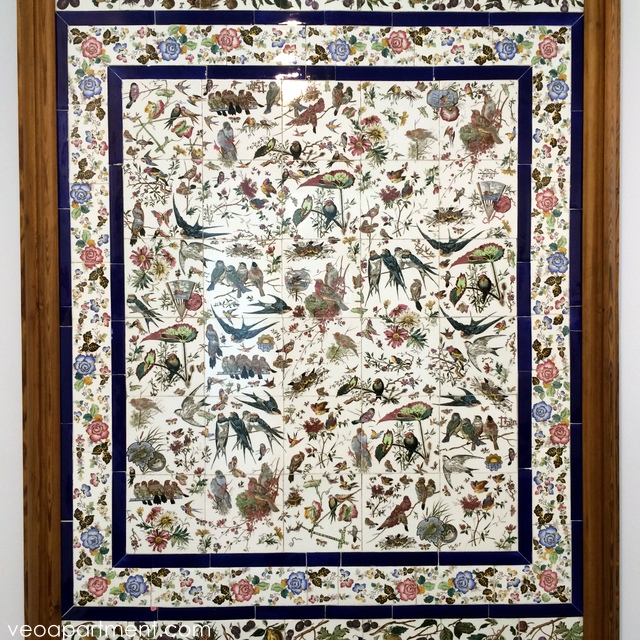 restored 18th century hand-painted tile panel
restored 18th century hand-painted tile panel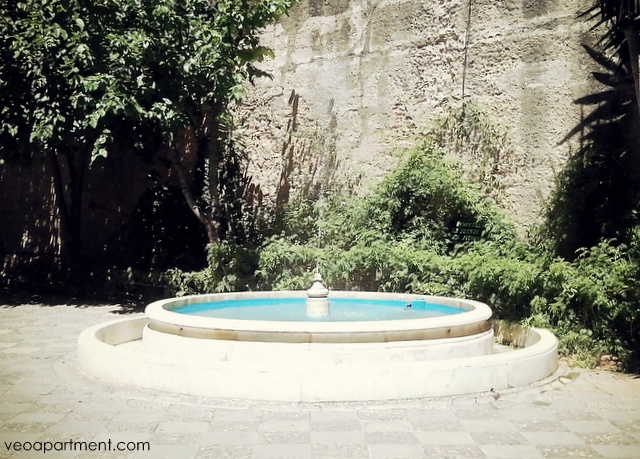
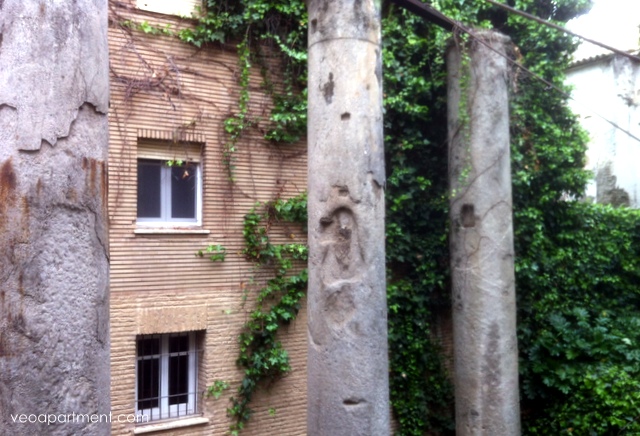
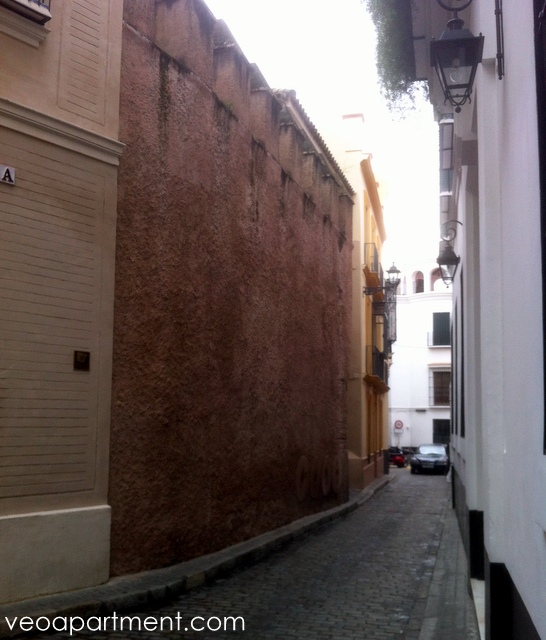

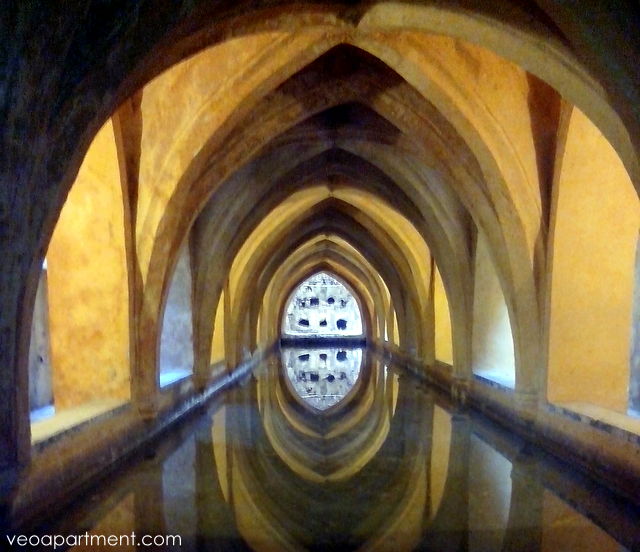
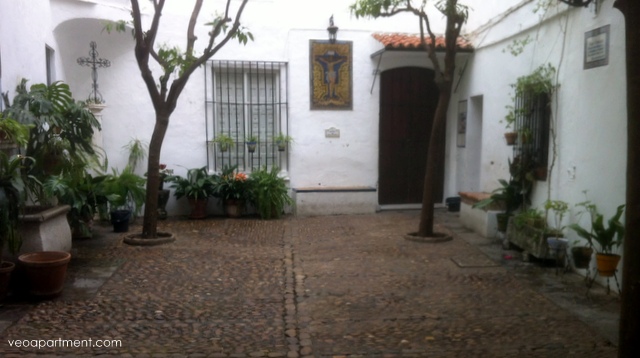
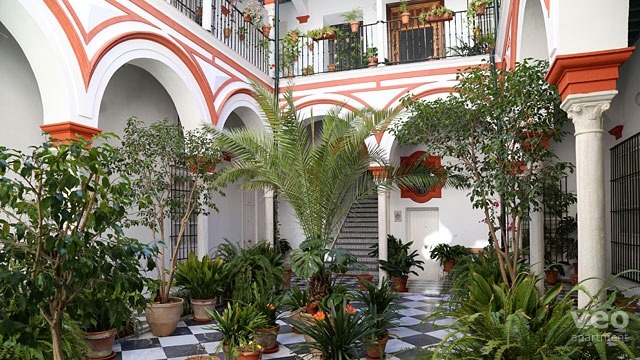
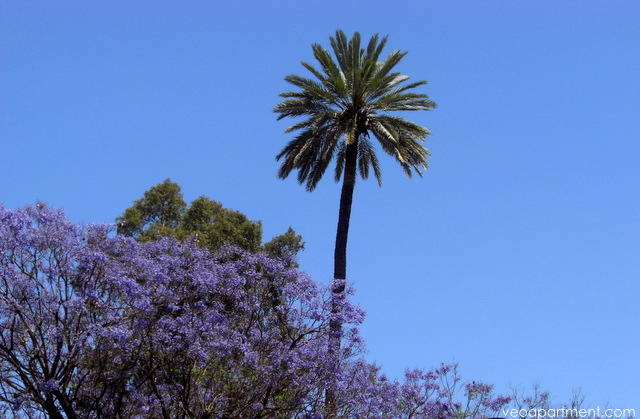 jacaranda trees in blossom
jacaranda trees in blossom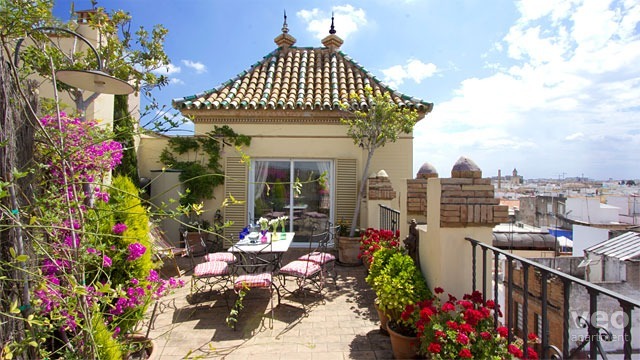 flowering plants on sunny Macarena Terrace
flowering plants on sunny Macarena Terrace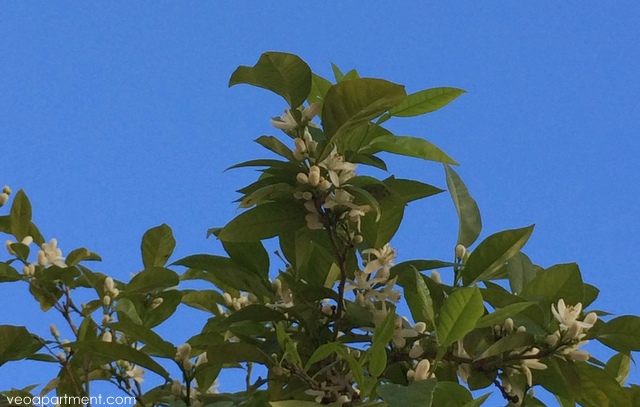 azahar – aka orange blossom
azahar – aka orange blossom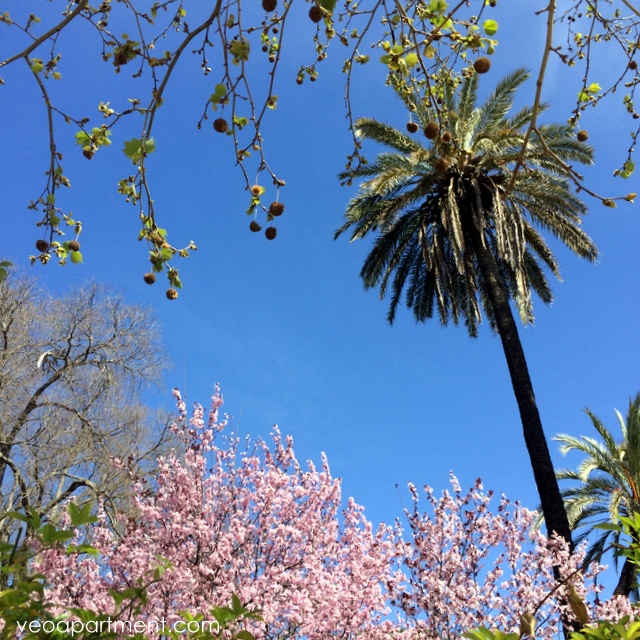 almond blossoms in Maris Luisa Park
almond blossoms in Maris Luisa Park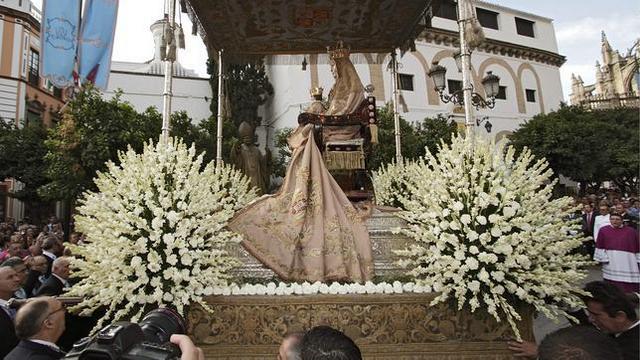 flower-festooned procession float – photo courtesy of
flower-festooned procession float – photo courtesy of 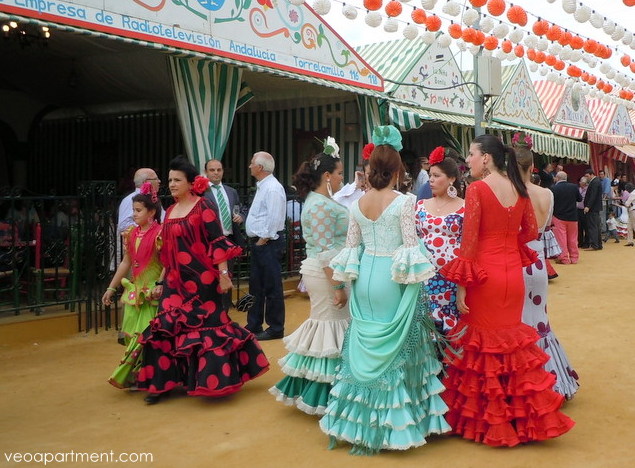 women at the Seville fair with “flowers” in their hair
women at the Seville fair with “flowers” in their hair